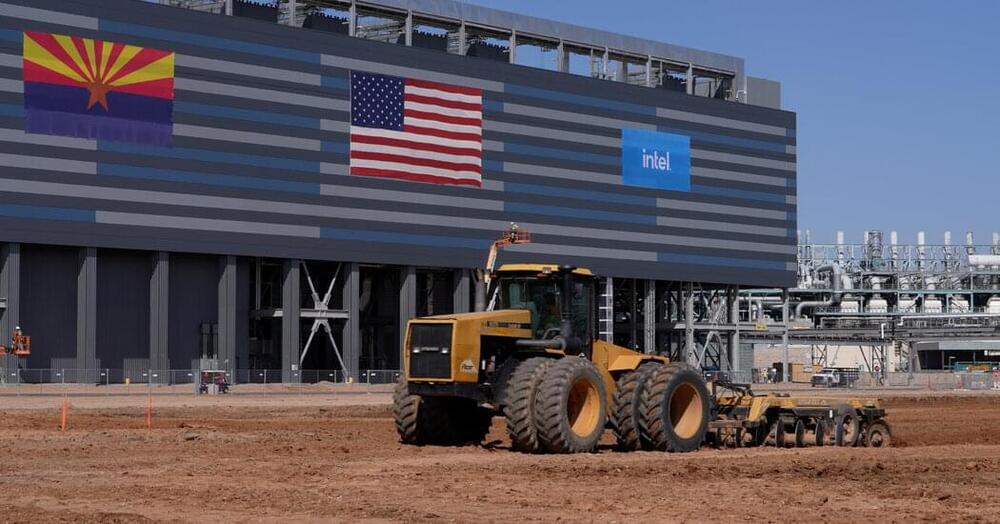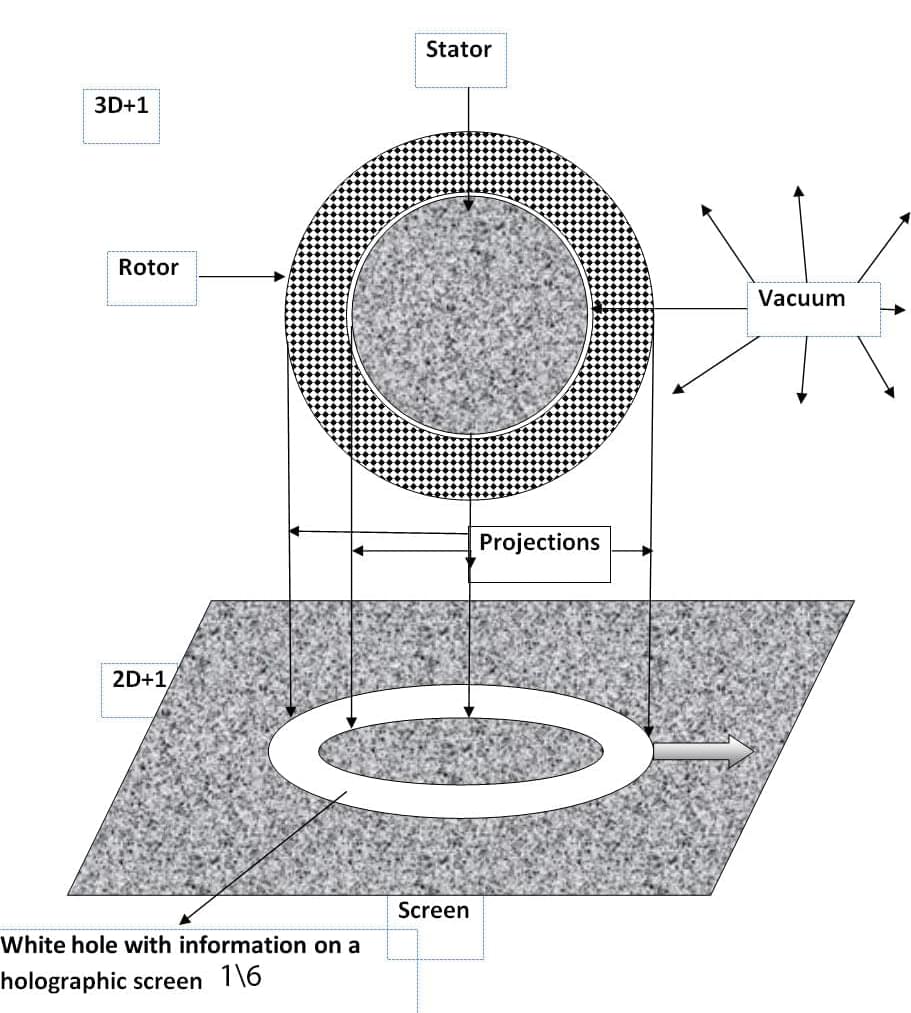Some of these objects are among the oldest and most distant known. Here we’re seeing light from ancient stars whose local contemporaries have long since been extinguished.
The oldest galaxies formed during the epoch of reionisation, when the tenuous gas in the universe first became bathed in starlight which was capable of separating electrons from hydrogen. This was the last major change in properties of the universe as a whole.
The fact that light carries so much information, allowing us to piece together the history of the universe, is remarkable. The launch of the James Webb Space Telescope will give us some vastly improved infrared images, and will inevitably raise new questions to challenge future generations of scientists.






